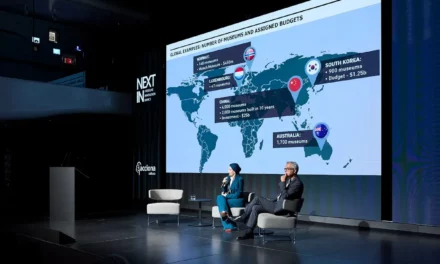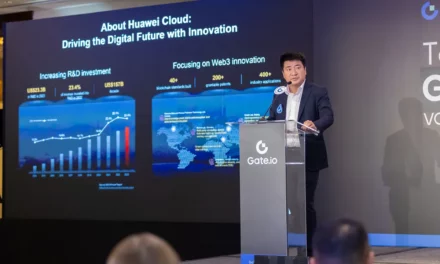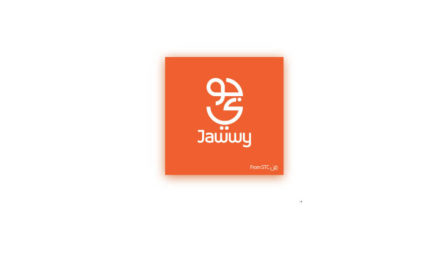
Today 65% of Enterprises Already Using Internet of Things

451 Research’s inaugural Voice of the Enterprise: Internet of Things (IoT) quarterly study reveals that despite the relatively recent emergence of the term “IoT”, 65% of respondent organizations currently collect data from equipment, devices or other connected endpoints and use that data for a business purpose.
Datacenter IT Equipment (51%) is currently the most common source of IoT data, followed by camera/surveillance equipment (34%), datacenter facilities equipment (33%) and smartphones/end-user devices (29%). Industry plays a big role with 49% of manufacturing organizations gathering data from factory equipment and 49% of healthcare organizations gathering data from medical devices.

Business value derived from these deployments include reducing risk (66%) followed by optimizing operations (63%), developing new or enhance existing products or services (33%) and enhancing customer targeting (21%). This also varies by industry with manufacturing and utilities mostly focused on optimizing operations, while reducing risk is more critical for those in finance and public sector.
Dan Harrington, Research Director at 451 Research noted, “The term, ’Internet of Things‘, has proliferated rapidly and taken on different meanings depending on the audience. As is reflected in our survey data, these connected endpoint scenarios are both old and new. They vary immensely from traditional use cases such as IP connected cameras, building automation, warehouse automation and telematics to emerging industrial use cases such as crop monitoring and remote patient monitoring. Organizations are both enhancing their already connected endpoints with greater capabilities as well as connecting new objects with sensors and circuitry to derive net new value for the business.”
Types of Data Gathered
The volume of data being gathered and stored by these endpoints is immense. 451 Research breaks these types of data down into three major categories, machine sensing (data gathered from machines), biological sensing (data gathered from humans and animals) and environmental sensing (data gathered from the environment). Respondents noted that the majority of the data today is gathered from machines for business use (71.5%), while data gathered from humans and animals (8.5%) and the environment (20%) represents a smaller, but growing portion of the overall data.

IoT Inhibitors
Respondents were also asked about impediments to IoT deployments. A total of 46% said security concerns were an impediment while nearly a third cited lack of internal skillsets (32%). Lack of IT capacity (29%) and lack of perceived ROI/benefits (29%) were also cited.
As one respondent puts it: “The elephant in the room is, of course, security… I’m getting a lot of push back on my security requirements for all of these IoT projects. I’m not budging, and fortunately I have the blessing of my CIO not to budge.”
Another respondents adds, “We’d expect and hope to do more with IoT, but the scare in the last year or so with the security and safety has caused us to just watch it… The last thing you want to be is on the front page of the newspapers.”
Most organizations (61%) manage their IoT initiatives without the help of external consulting or professional services. This could change however as Harrington noted, ”There is a clear need for external expertise to help convince organizations of the business value of IoT as well as to fill internal skillset gaps in areas like security, big data and network infrastructure. As these projects mature, many organizations will find themselves looking to outside consulting and professional services firms for these capabilities.”
IoT: Both Established and Emerging
IoT is both old and new. Equal amounts of innovation and value will be found in both connecting new assets as well as enhancing already connected endpoints with increased functionality through more capable sensors producing robust data to be analyzed with big data tools and machine learning software.
“While there are numerous examples of ‘old’ IoT, it does feel very much like early days. We are just now beginning to understand the value of the data being produced and how best to put it to use. In order for IoT to evolve as a key digital transformation enabler, enterprises and vendors of key solutions must address security concerns, set standards for connectivity, and lower both the cost and complexity of deploying these environments. This complexity includes not only the deployment of the physical hardware itself, but also the backend analytics and software platforms, and the business justification tools used to realize the value of the data being gathered,” added Harrington.
Voice of the Enterprise: Internet of Things
IoT is disrupting how businesses operate and the products they sell. Voice of the Enterprise: Internet of Things (IoT) provides actionable data and insight to understand the key dynamics driving the IoT market.
Combining 451 Research’s industry leading analysis with an extensive network of over 32,000 senior IT professionals, Voice of the Enterprise: IoT tracks the disruption occurring in the market and exposes the major opportunities for enterprises, IT vendors, suppliers and investors.































